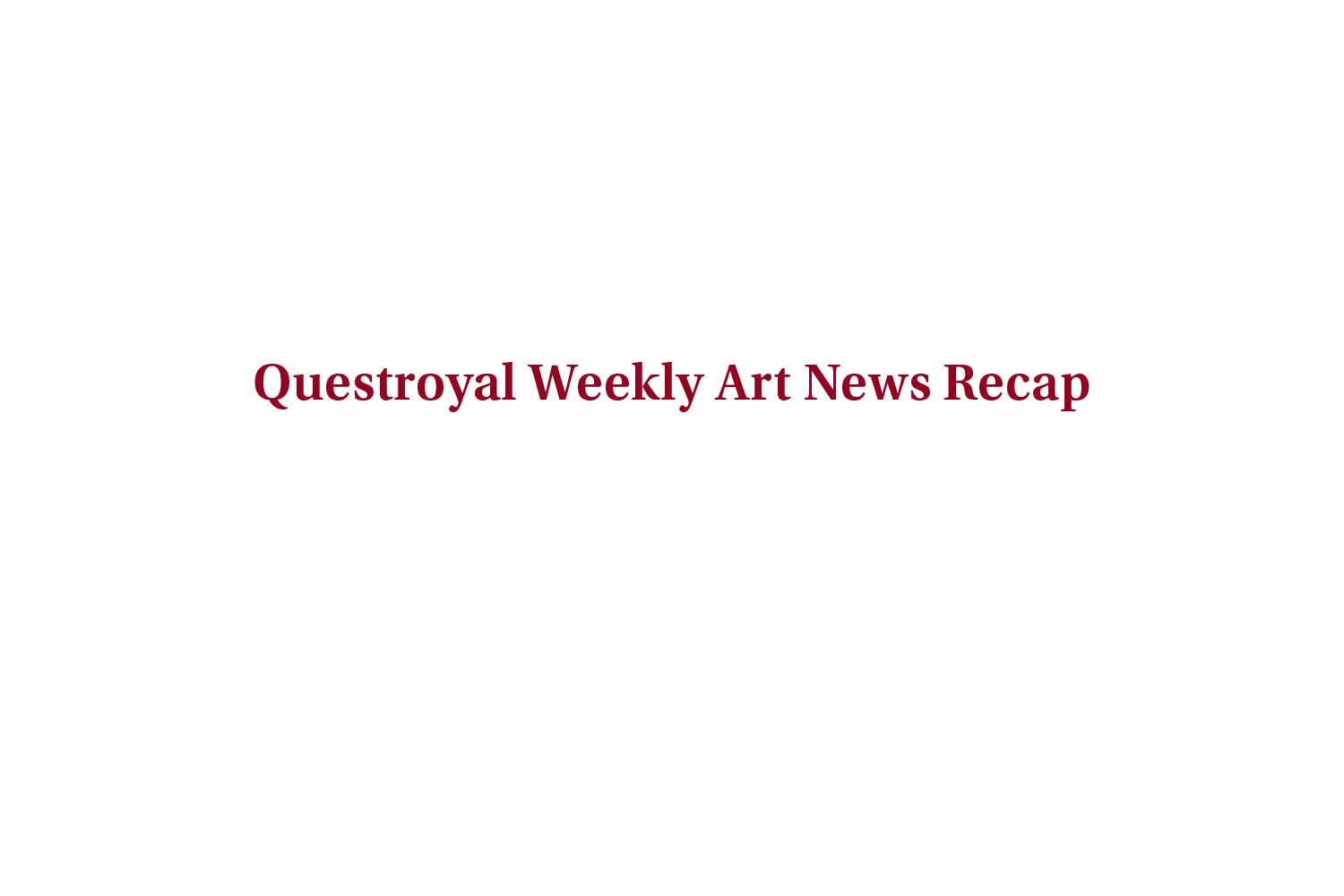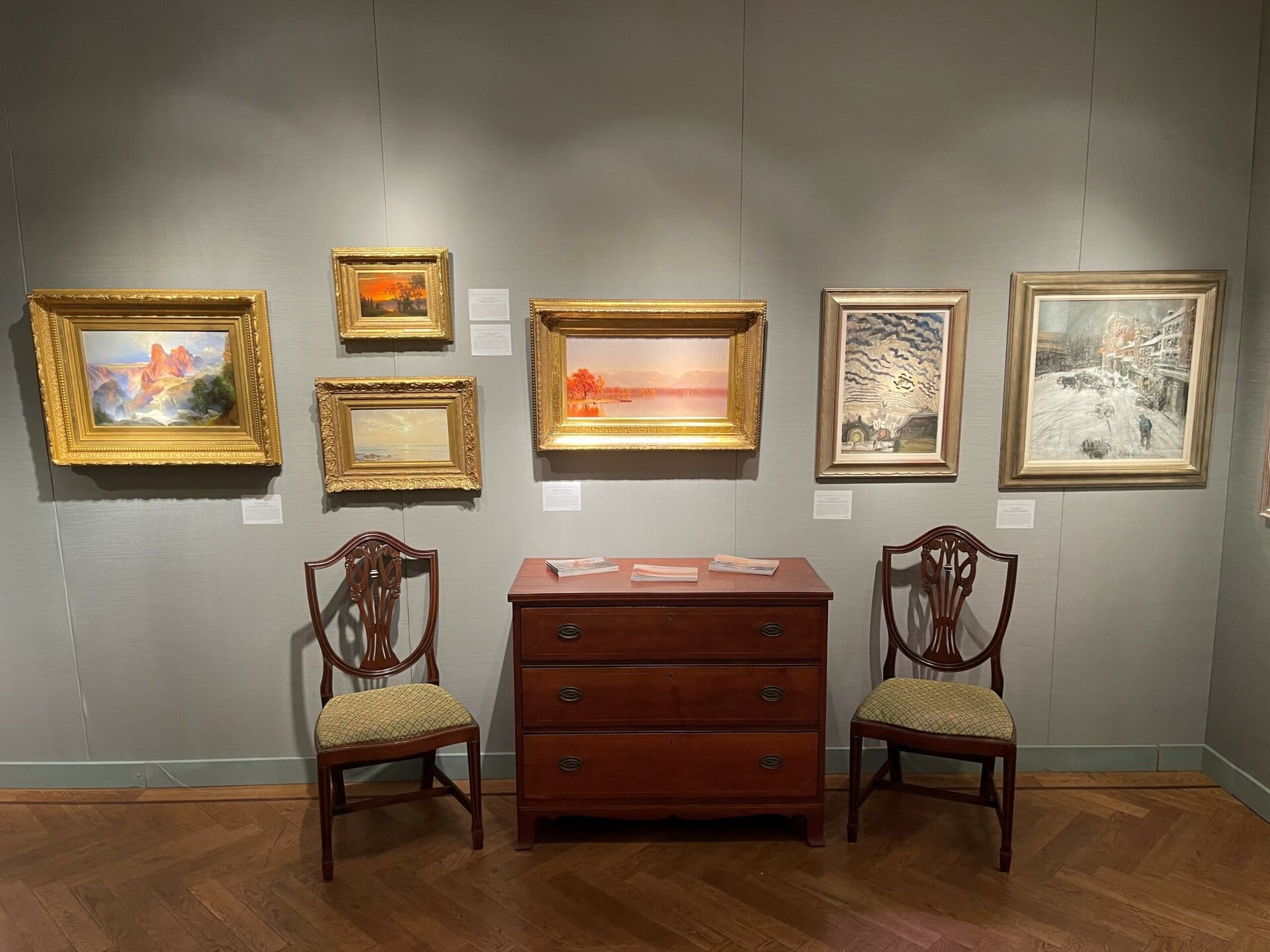An Excerpt from Lou Salerno’s essay “The Hudson River School: The Genius of a Uniquely American Art”
A Creative Truth
Today we marvel at the evolution of our nation’s art, its astounding transitions to abstraction and beyond, often without recognizing the essential contributions born from the free and defiant mindset of our Hudson River School painters. In their willingness to immerse themselves in nature and to allow their creativity to supersede convention, they made an indelible contribution to the art of the world.
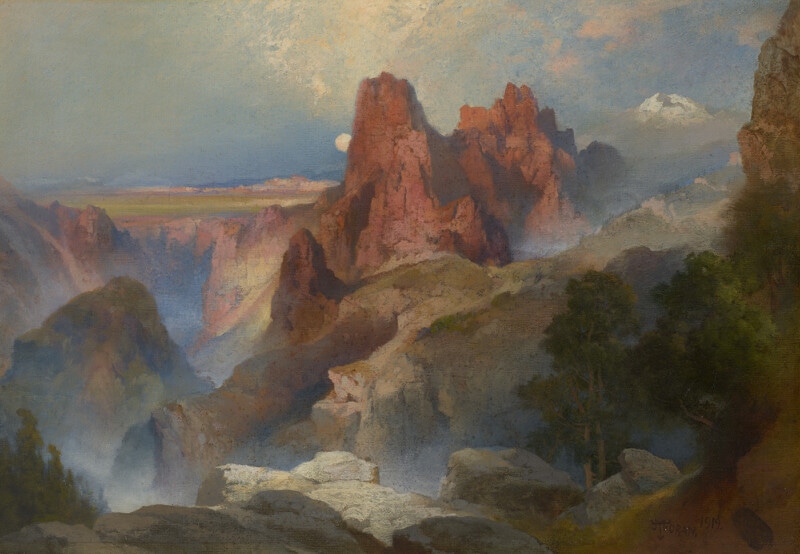
A Visual Poetry
The Hudson River School painters thought that by a precise rendering of nature, its ethereal truths might be revealed. This concept gave rise to a creative dilemma. The result of a strict adherence to the real would be a sterile imitation, absent truth. Conversely, if the ideal were overemphasized, the artist might contradict nature and obscure the truth.
In an 1826 letter, Cole was advised by a patron to paint all aspects of his landscape precisely as they appeared. Cole responded:
If the imagination is shackled, and nothing is described but what we see, seldom will anything truly great be produced either in Painting or Poetry…. I believe with you that it is of the greatest importance for a painter always to have his mind upon Nature…. He who would paint compositions, and not be false, must sit down amidst his sketches, make selections, and combine them, and so have nature for every object that he paints.
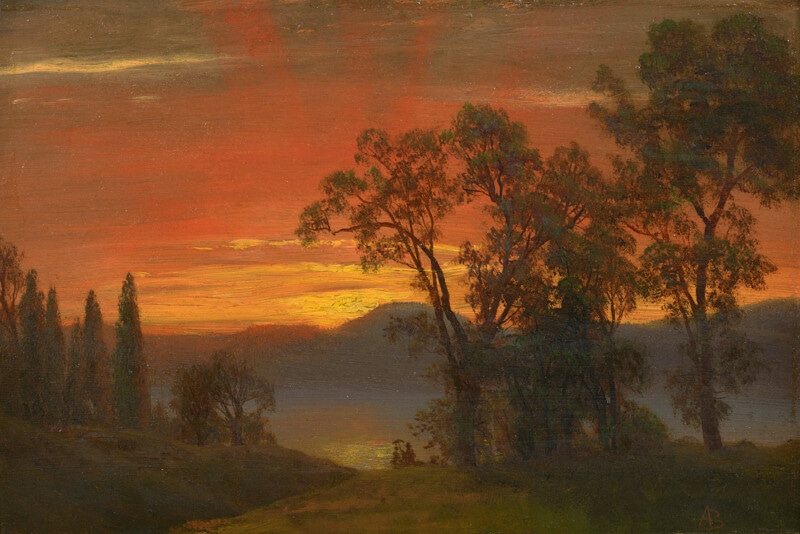
Similarly, in a letter to the art newspaper Crayon, Durand directly examined the issue of the real and ideal. He wrote:
What then is Idealism?… That picture is ideal whose component parts are representative of the utmost perfection of Nature,… and also the most perfect arrangement or composition of these parts so as to form an equally perfect whole…. The artist must know what constitutes the perfection of every object employed, according to its kind, and its circumstances, so as to be able to gather from individuals the collective idea. This view of Idealism does not propose any deviation from the truth….
But the ideal of Landscape Art, does not end here; it embraces, and with even higher meaning, the application of these perfections to the expression of a particular sentiment in the subject of the picture…. In this direction we come to the action of the imaginative faculty, which perfects the high Ideal.
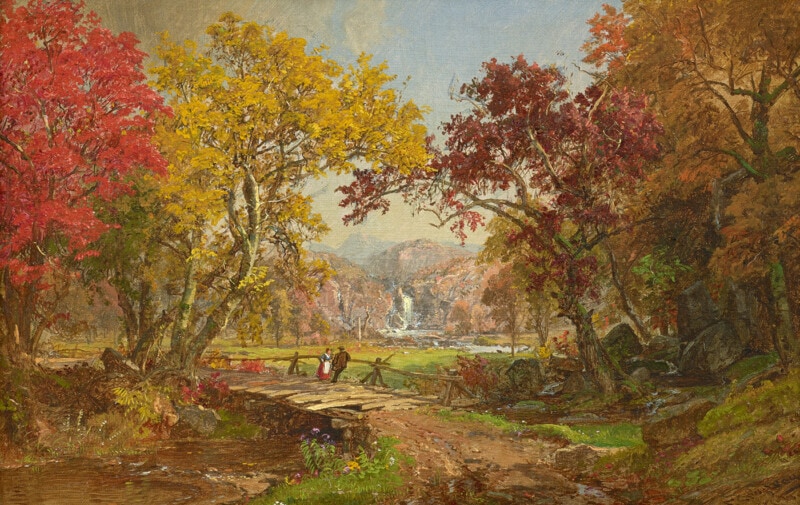
A better understanding of the issue may be found in a musical analogy. If we consider musical notes as analogous to landscape elements, then the painter, like the composer, may rearrange these elements in the development of a composition. As the composer further perfects his work by determining melody and tone, rhythm and volume, the painter shapes and refines by mediating light and shadow, varying color and hue, and adjusting perspective and texture. The composer’s nuances must remain within the chromatic scale of the instruments, and the painter’s must be truthful variations of observed natural forms and phenomena. The artistic variables of both disciplines enable profound creativity without compromising a fidelity to all of the defining compositional elements. The musician may not strike untrue notes, just as the landscape painter may not defile natural form.
Excerpted from “American Art: Collecting and Connoisseurship”, published by Merril Publishers Limited, 2020

